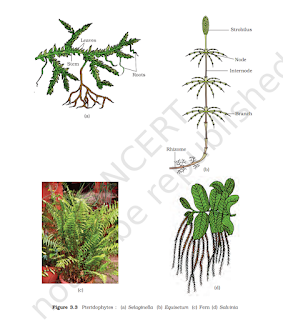Know all Angiosperms

Join our Telegram Group ;- GroveStudies Angiosperms The seeds are unclosed in fruits. Smallest Wolffia to tall or Eucalyptus ( over 100 meters). The dicotyledons are characterised by seeds having two cotyledons, reticulate venations in leaves, and tetramerous or pintamerous flowers, i.e, having four or five members in each floral whorls. The monocotyledons on the other hand are characterised is single cotyledons seeds, parallel venation in leaves, & trimerous flowers having three members in each floral whorls. Each ovule has a megaspores mother cell that undergoes meiosis to form four haploid megaspores. Three of then degenerate and one divide to from the embryo sac. Each embryo – sac has a three – called egg apparatus – one egg cell & two synergids, three antipodal cells and two polar nuclei. one of the male gamete fuses with the egg cell (syngamy) to from a zygote. Produces the triplo...



